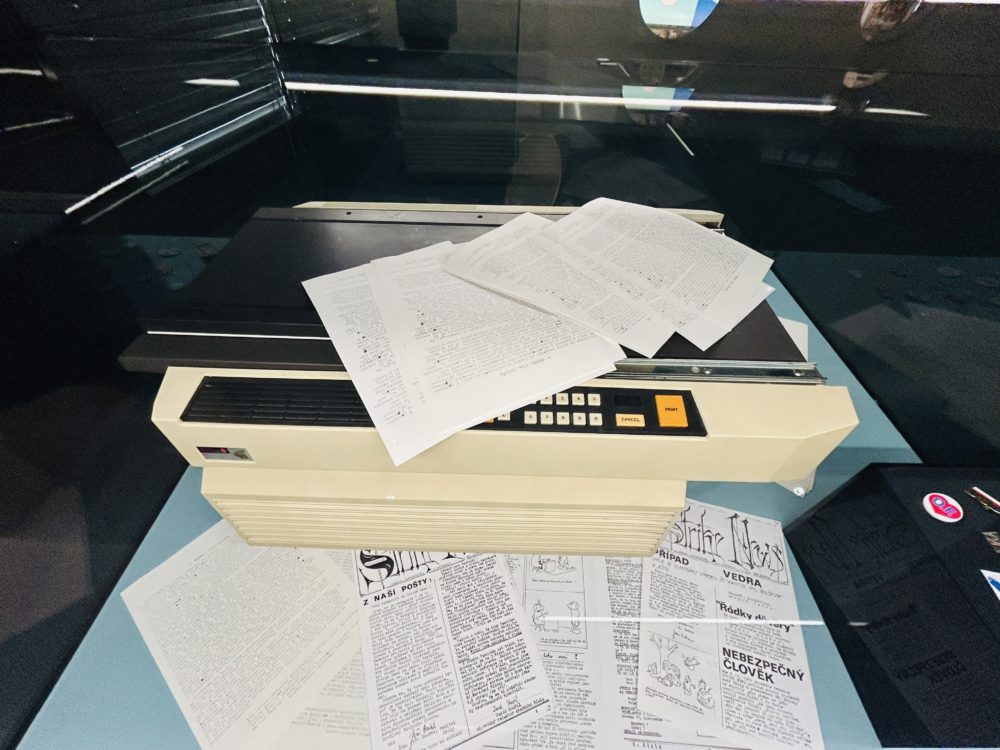In the shadows of the 20th century, beneath the watchful eye of the Soviet regime, a quiet revolution stirred. It was not one of protests and placards, but of paper and print. The humble copy machine, perhaps a Xerox or another brand tucked away in the corners of Prague’s history museum, stands as a silent testament to this rebellion of words and ideas known as samizdat.
Samizdat, a Russian term meaning “self-published,” was the clandestine circulation of prohibited literature throughout the Soviet bloc. The name itself is a portmanteau, combining “sam” (self) and “izdat” (publishing house), reflecting the DIY nature of these publications. These were the voices that refused to be silenced, the thoughts that demanded to be shared, despite the grave risks involved.
For those brave enough to write, copy, and distribute samizdat, the dangers were real and ever-present. The mere possession of such material could lead to harsh penalties, including imprisonment. The Soviet censorship apparatus was a vast, multi-layered system of control that aimed to impose political, moral, and ideological norms. Yet, despite the risks, samizdat persisted as a form of resistance and intellectual freedom.
The content of samizdat was as varied as the individuals behind it. Far from being mere anti-Soviet propaganda, these writings often included serious academic research, literature, and other works deemed inappropriate or dangerous by the regime. They were the unfiltered, uncensored expressions of a society yearning for truth and knowledge.
At the heart of this struggle was the centralized system of censorship, a monolithic entity that sought to control every word and image. Every typewriter and printing device required official registration, and access to photocopying machines was heavily restricted. Yet, through ingenuity and determination, samizdat writers found ways to bypass these barriers, using carbon paper or tissue paper to make multiple copies of a single text, which were then passed from hand to hand within trusted networks.
The legacy of samizdat is a powerful reminder of the resilience of the human spirit in the face of oppression. It stands as a tribute to those who dared to think freely and to share their thoughts, regardless of the cost.
This copy machine, a pivotal tool in the samizdat movement, can be found today at the 20th century history exhibition at the Prague National Museum. This exhibition, a beautifully curated window into the past, offers a poignant glimpse into the lives and struggles of those who lived under the shadow of censorship.
#Samizdat #FreedomOfSpeech #CzechHistory #PragueNationalMuseum #20thCentury #Resistance #SovietEra #HistoricalExhibition #PragueMuseum #CopyMachineRevolution













